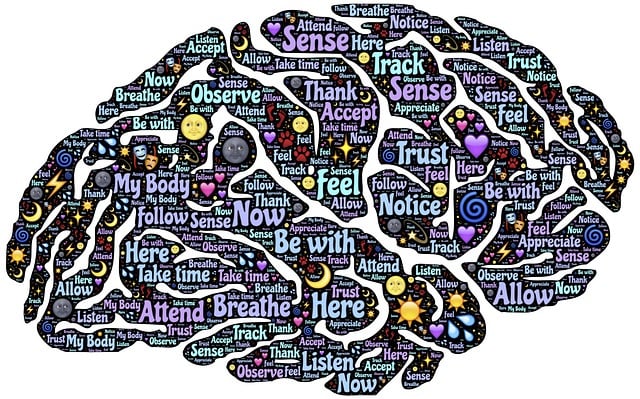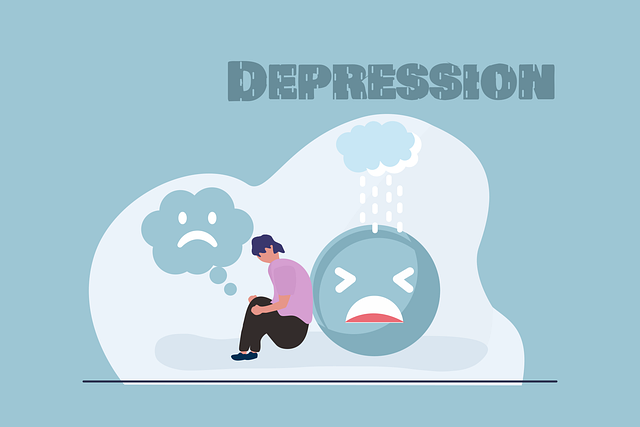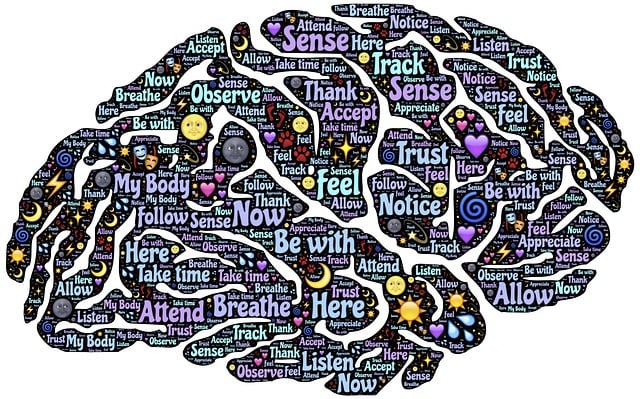Risk assessment is vital in elderly care, focusing on safety and well-being through comprehensive evaluations of medical history, cognitive function, and emotional states. Caregivers identify vulnerabilities like physical frailties, cognitive impairments, and cultural influences that can impact therapy. Effective risk management includes tailored strategies such as mindfulness meditation and mental health policies. Play therapy for elders should consider reduced mobility and age-related changes, with safety strategies emphasizing physical and psychological safeguards. A comprehensive harm minimization plan incorporates resources for crisis intervention, enhancing quality of life through tailored care and practices like mindfulness meditation.
In the realm of elderly care, risk assessment and harm minimization planning are paramount. This article guides you through essential components crucial for ensuring safety in therapy settings, particularly focusing on play therapy for elders. We explore key aspects such as understanding risk assessment, identifying vulnerabilities, developing comprehensive strategies, and implementing monitoring systems. By delving into these topics, we aim to enhance the quality of care and foster a secure environment for play therapy among the elderly.
- Understanding Risk Assessment in Elderly Care
- Identifying Potential Harms and Vulnerabilities
- Developing a Comprehensive Harm Minimization Plan
- Implementing and Monitoring Safety Strategies for Play Therapy
Understanding Risk Assessment in Elderly Care

Risk assessment is a fundamental aspect of elderly care, ensuring the safety and well-being of older adults in various settings. In the context of therapy for elders, play therapy, and mental health support, understanding risks is paramount. Caregivers and professionals must identify potential hazards within physical environments, social interactions, and treatment methods to prevent harm. This process involves a thorough evaluation of each resident’s or client’s unique circumstances, including their medical history, cognitive abilities, and emotional states.
By implementing effective risk assessment strategies, elderly care facilities can foster a supportive atmosphere that promotes recovery and enhances quality of life. Incorporating mindfulness meditation, as a therapeutic tool, alongside mental health policy analysis and advocacy, enables residents to develop inner strength. These holistic approaches not only mitigate risks but also contribute to the overall mental well-being of seniors, ensuring they receive comprehensive care tailored to their needs.
Identifying Potential Harms and Vulnerabilities

Identifying potential harms and vulnerabilities is a crucial step in risk assessment for therapy programs catering to elders. This includes recognizing physical frailties, cognitive impairments, and emotional sensitivities that may make certain activities or environments potentially hazardous. For instance, play therapy, while beneficial, should consider the unique needs of elderly individuals, such as tailoring activities to suit their reduced mobility and adjusting the intensity to accommodate age-related cognitive changes.
Vulnerabilities also extend beyond physical and mental health. Elderly clients might have diverse cultural backgrounds, socioeconomic statuses, and past experiences that can influence their interactions with therapeutic practices. A comprehensive risk assessment should consider these factors to ensure inclusive and effective treatment, potentially incorporating mindfulness meditation or stress management workshops organized by the therapy center to foster a safe and supportive environment.
Developing a Comprehensive Harm Minimization Plan

Developing a Comprehensive Harm Minimization Plan involves a multi-faceted approach tailored to address unique risks in elder care settings. This process begins with a thorough assessment of potential hazards, including social isolation, cognitive decline, and physical vulnerabilities specific to older adults. Incorporating therapy for elders and play therapy can mitigate these risks by enhancing mental well-being, improving cognitive function, and fostering social engagement.
A robust plan should also leverage existing resources like public awareness campaigns, Mental Health Policy Analysis and Advocacy, and Crisis Intervention Guidance. By integrating these strategies, care facilities can create a supportive environment that not only minimizes harm but also promotes the overall quality of life for elderly individuals under their care.
Implementing and Monitoring Safety Strategies for Play Therapy

Implementing safety strategies is a cornerstone of effective Play Therapy for Elders, ensuring a secure and nurturing environment for participants to engage in therapeutic activities. These strategies encompass a multi-faceted approach, from physical safety measures like well-maintained play areas and equipment to psychological safeguards designed to boost confidence and promote positive self-esteem. Therapists should establish clear guidelines and rules, regularly communicate them to the elders, and actively involve them in the process to foster a sense of ownership and responsibility.
Monitoring is key to maintaining these safety strategies. Regular observations and feedback from participants allow therapists to quickly identify any potential risks or challenges. By integrating mindfulness meditation practices and promoting the development of a self-care routine for better mental health, therapists can enhance elders’ awareness, concentration, and emotional regulation during play therapy sessions. Such proactive measures not only minimize harm but also optimize the therapeutic experience, fostering an environment where elders feel secure, valued, and empowered to explore their capabilities.
Risk assessment and harm minimization planning are paramount in elderly care and play therapy. By understanding potential risks, identifying vulnerabilities, and developing comprehensive strategies, we can ensure safer environments for our elders. Implementing these plans involves a multi-faceted approach, including monitoring safety strategies, adapting to new findings, and fostering a culture of continuous improvement. This proactive methodology not only minimizes harm but also enhances the quality of life for elderly individuals engaging in play therapy, promoting their overall well-being and engagement.














